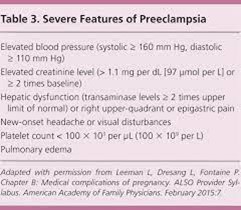A nurse is caring for a client who is receiving mechanical ventilation following a stroke.
Which of the following actions should the nurse take?
Cluster nursing care activities.
Hyperoxygenate the client before suctioning.
Keep the room well lit to orient the client.
Maintain the client's PaCO2 at 50 mm Hg.
The Correct Answer is A
Choice A rationale:
Clustering nursing care activities minimizes disruptions to the client, reduces fatigue, and allows for periods of rest in between interventions.
Choice B rationale:
Hyperoxygenating the client before suctioning helps maintain adequate oxygenation and prevents hypoxia during the suctioning procedure.
Choice C rationale:
Keeping the room well lit is not necessary for a client on mechanical ventilation and can actually disturb their rest.
Choice D rationale:
Maintaining a specific PaCO2 level might be important for some clients, but this is not a general action applicable to all mechanically ventilated clients.
Nursing Test Bank
Naxlex Comprehensive Predictor Exams
Related Questions
Correct Answer is C
Explanation
Choice A rationale:
A hemoglobin level of 13 g/dL is within the normal range and is not specifically indicative of HELLP syndrome.
Choice B rationale:
A blood urea nitrogen (BUN) level of 8 mg/dL is within the normal range and is not typically associated with HELLP syndrome.
Choice C rationale:
Elevated bilirubin levels are a characteristic feature of HELLP syndrome, which involves liver dysfunction.
Choice D rationale:
A hematocrit level of 38% is within the normal range and is not specifically indicative of HELLP syndrome.
Correct Answer is C
Explanation
Choice A rationale:
Ankle swelling can be a common symptom of pregnancy and is not necessarily indicative of a complication.
Choice B rationale:
Gums can become more sensitive during pregnancy, leading to bleeding while brushing teeth. This finding is common and not necessarily indicative of a complication.
Choice C rationale:
Constant pain in the middle of the upper abdomen can be a sign of preeclampsia, a serious pregnancy complication that requires prompt medical attention.
Choice D rationale:
Feeling dizzy when lying flat on the back (supine hypotension) can be a common discomfort during pregnancy due to pressure on the vena cava. However, it does not necessarily indicate a complication in this context.

Whether you are a student looking to ace your exams or a practicing nurse seeking to enhance your expertise , our nursing education contents will empower you with the confidence and competence to make a difference in the lives of patients and become a respected leader in the healthcare field.
Visit Naxlex, invest in your future and unlock endless possibilities with our unparalleled nursing education contents today
Report Wrong Answer on the Current Question
Do you disagree with the answer? If yes, what is your expected answer? Explain.
Kindly be descriptive with the issue you are facing.
